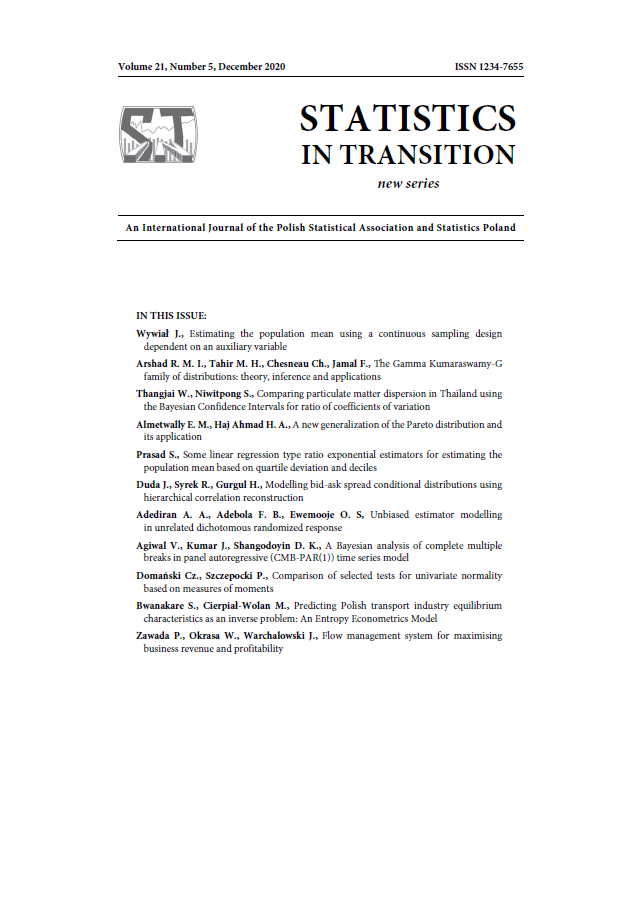ARTICLE
ABSTRACT
Most for-profit organisations must constantly improve their business strategies and approaches to remain competitive. Many of them choose to embark on Lean or Six Sigma journeys with the intention of maximising productivity and increasing sales. Despite a significant progress in the development of the Big 3 Improvement Methodologies (Lean, Six Sigma, Theory of Constraints – TOC), many manufacturers are still involved in ineffective operations, resulting in longer-than-desired lead times, late deliveries, high inventories and considerable operational costs. All of these business errors seriously challenge the company’s competitiveness. The aim of the paper is to demonstrate the importance of effective analysis of maintaining the appropriate level of inventory in gaining a competitive advantage of the company using the company's key resources in the competitive struggle on the market while conducting continuous reporting of reasons for not achieving the assumed business goals, and using the principles of the economy of bandwidth in order to maximize the profitability.
KEYWORDS
inventory, improvement of profitability, economy, management
REFERENCES
ANTONY, J., BANUELAS, R., (2002). Key ingredients for the effective implementation of Six Sigma program, Measuring Business Excellence, 6(4).
ALBLIWI, S., ANTONY, J., LIM, S., VAN DER WIELE, T., (2014). Critical failure factors of lean Six Sigma: A systematic literature review, International Journal of Quality and Reliability Management, 31(9).
ALHURAISH, I., ROBLEDO, CH., KOBI, A., (2017). A comparative exploration of lean manufacturing and six sigma in terms of their critical success factors, Journal of Cleaner Production 164/2017.
BABICEANU, R., SEKER, R., (2016). Big Data and virtualization for manufacturing cyberphysical systems: a survey of the current status and future outlook, Computers in Industry 81/2016.
COSTA, T., SILVA, F. J. G., PINTO FERREIRA, L., (2017). Improve the extrusion process in tire production using Six Sigma methodology, Procedia Manufacturing 13/2017.
DE FREITAS, J., COSTA, H., FERRAZ, F., (2017). Impacts of Lean Six Sigma over organizational sustainability: A survey study, Journal of Cleaner Production 156/2017.
MASON, S., NICOLAY, C., DARZI, A., (2015). The use of Lean and Six Sigma methodologies in surgery: A systematic review, The Surgeon 13/2015,
MITHUN ALI, S., HOSSEN, A., MAHTAB, Z., KABIR, G., KUMAR, S., ADNAN, Z., (2020). Barriers to lean six sigma implementation in the supply chain: An ISM model, Computers & Industrial Engineering 149/2020.
RAJ, T., ATTRI, R., (2010). Quantifying barriers to implementing Total Quality Management (TQM), European Journal of Industrial Engineering 4(3)/2010
